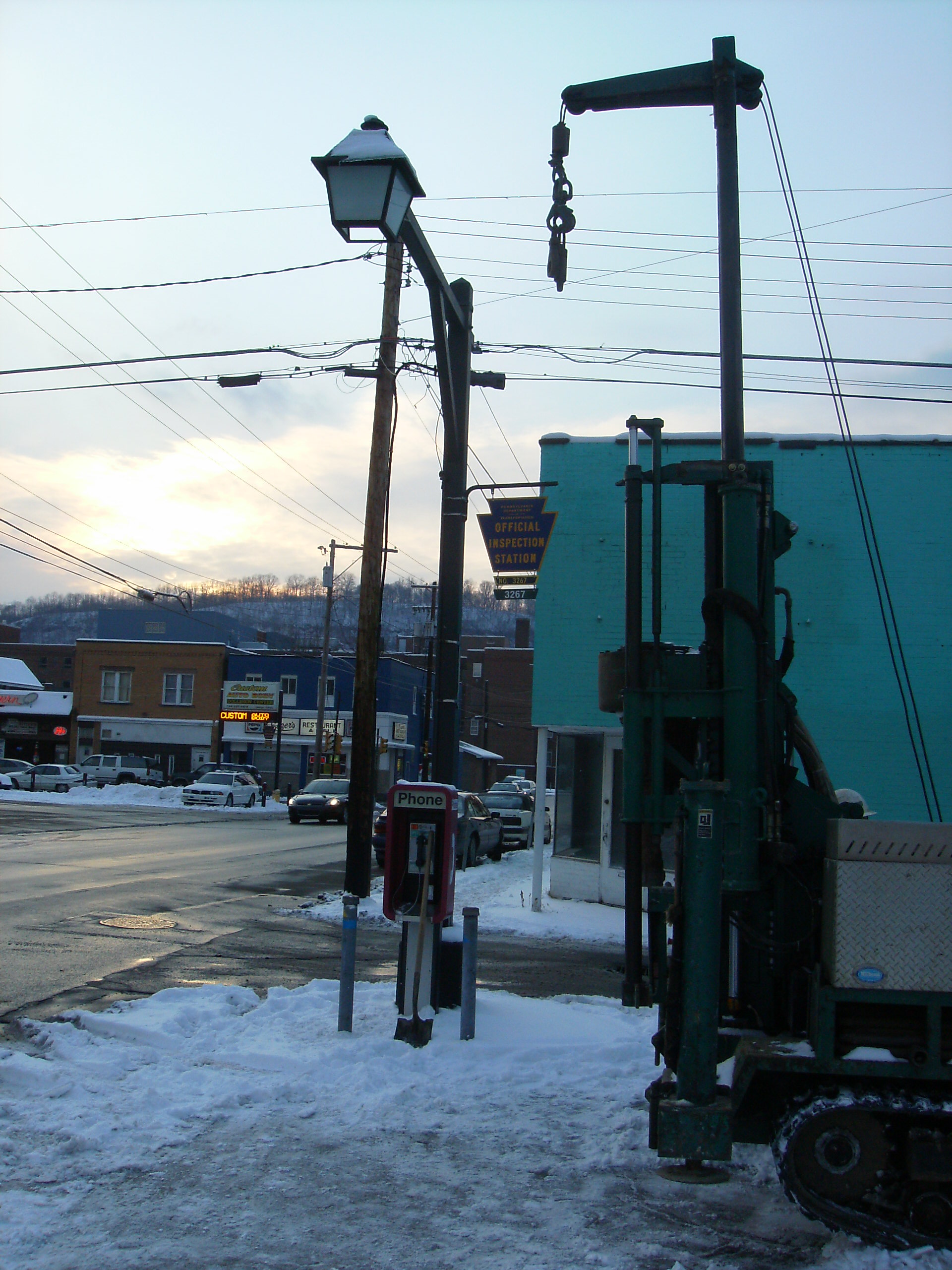
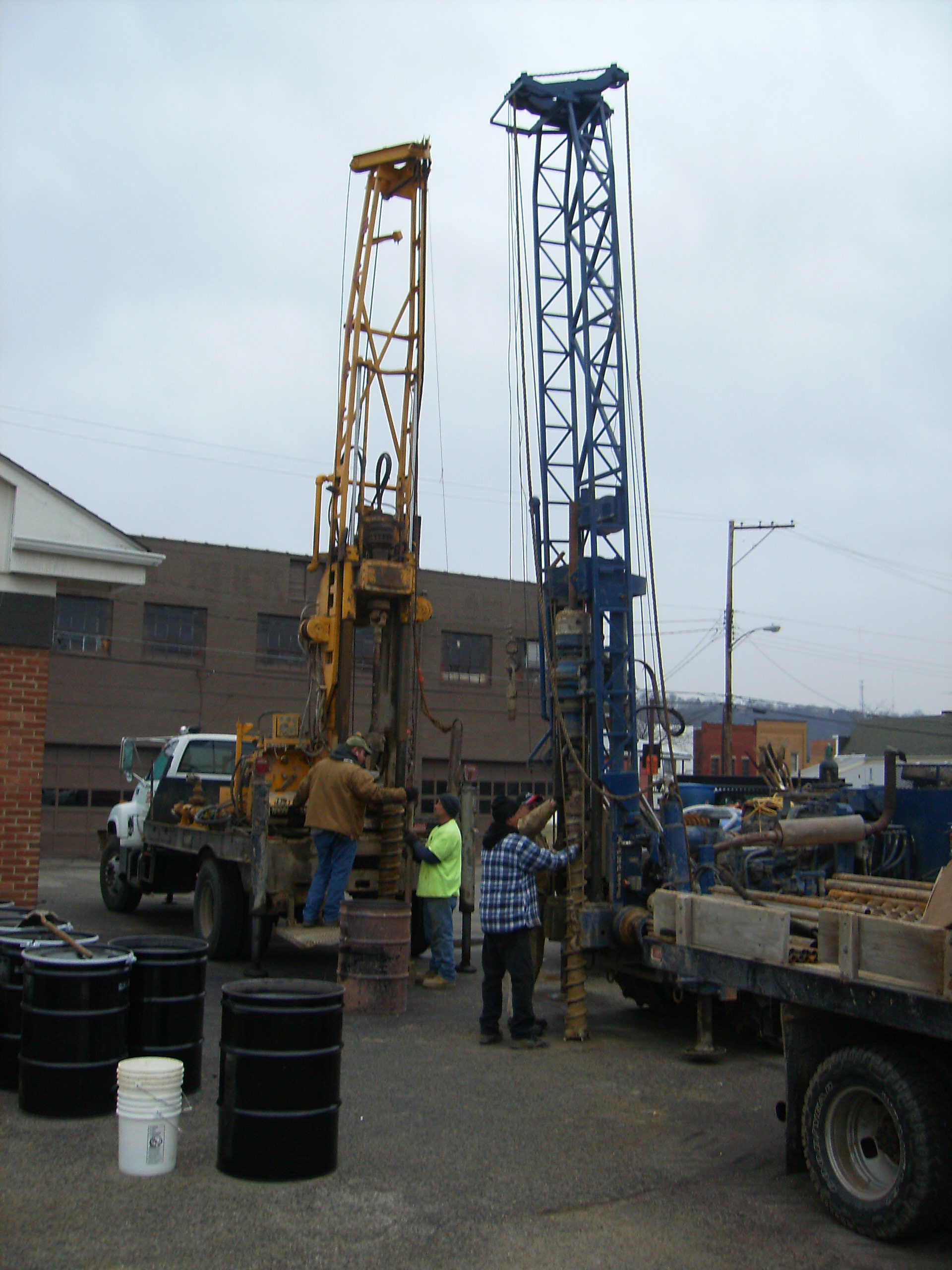
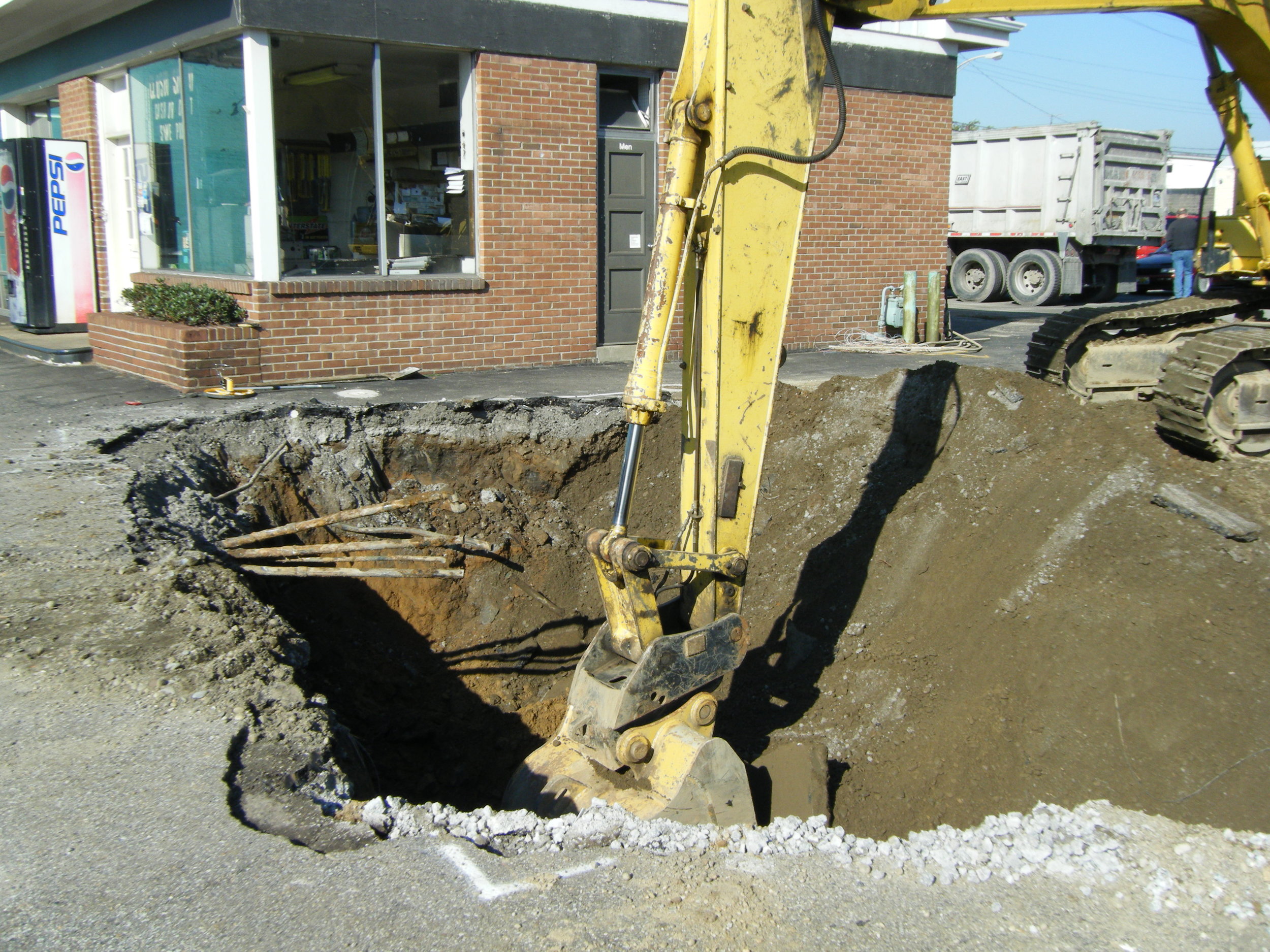

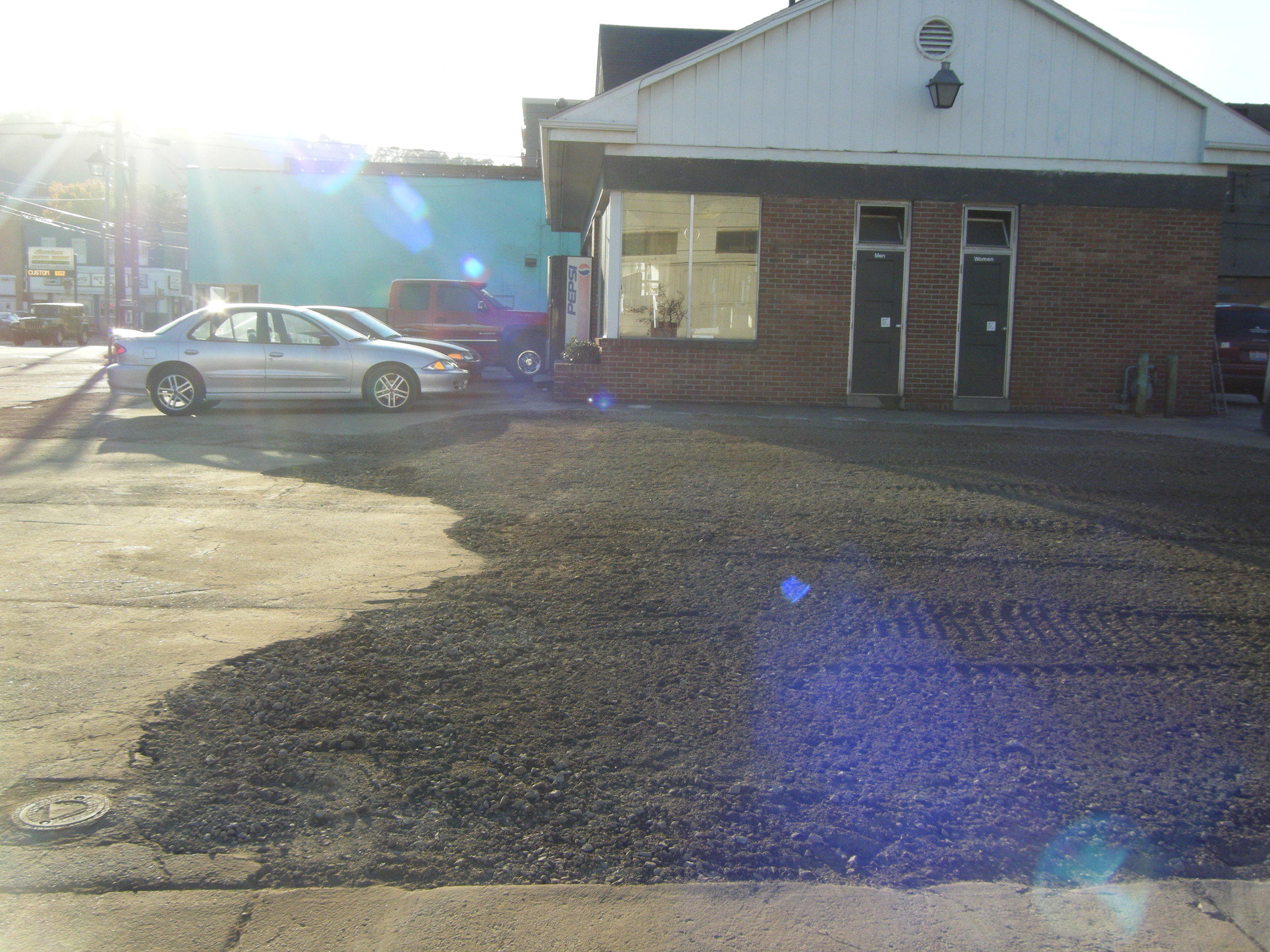

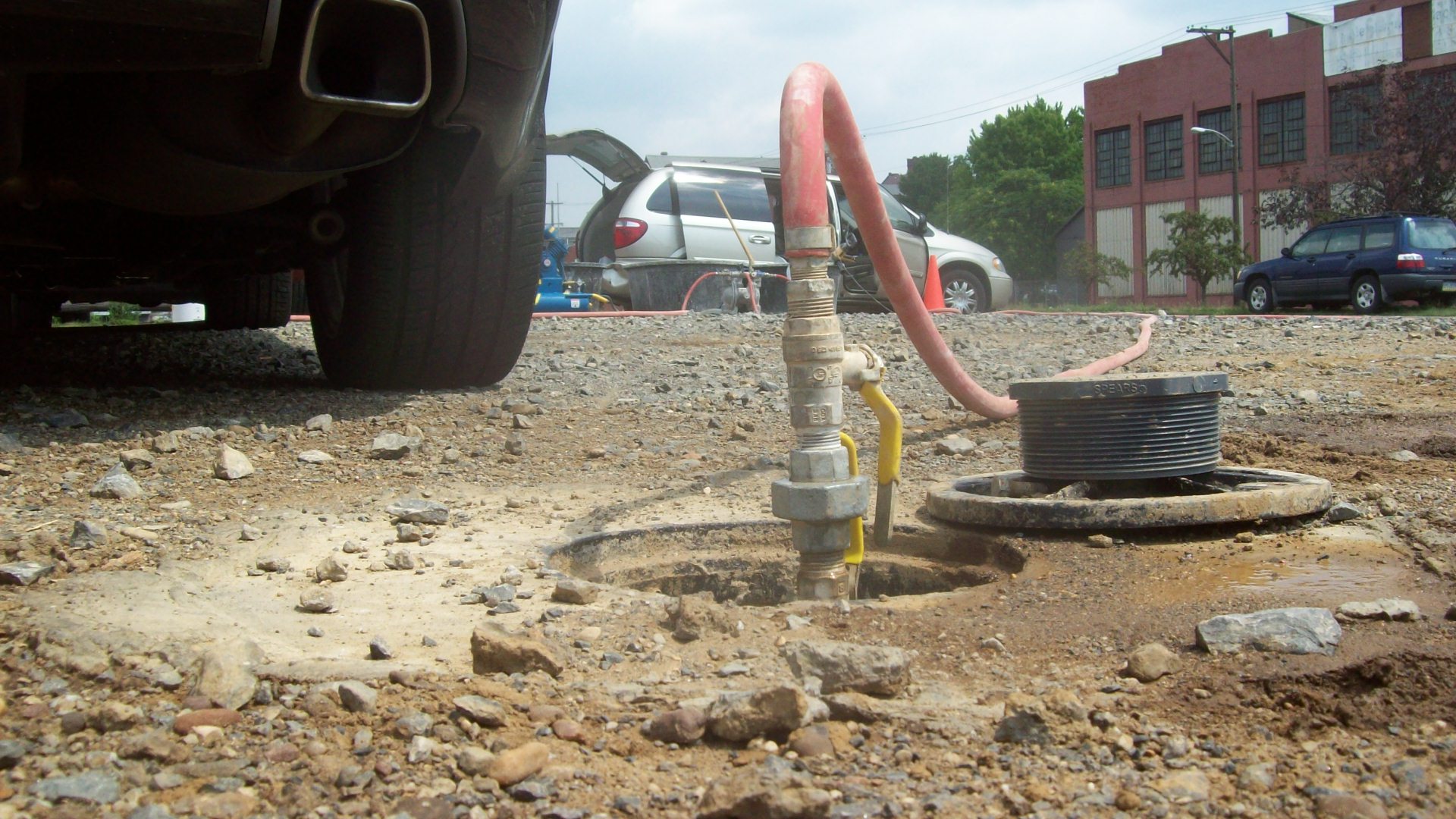

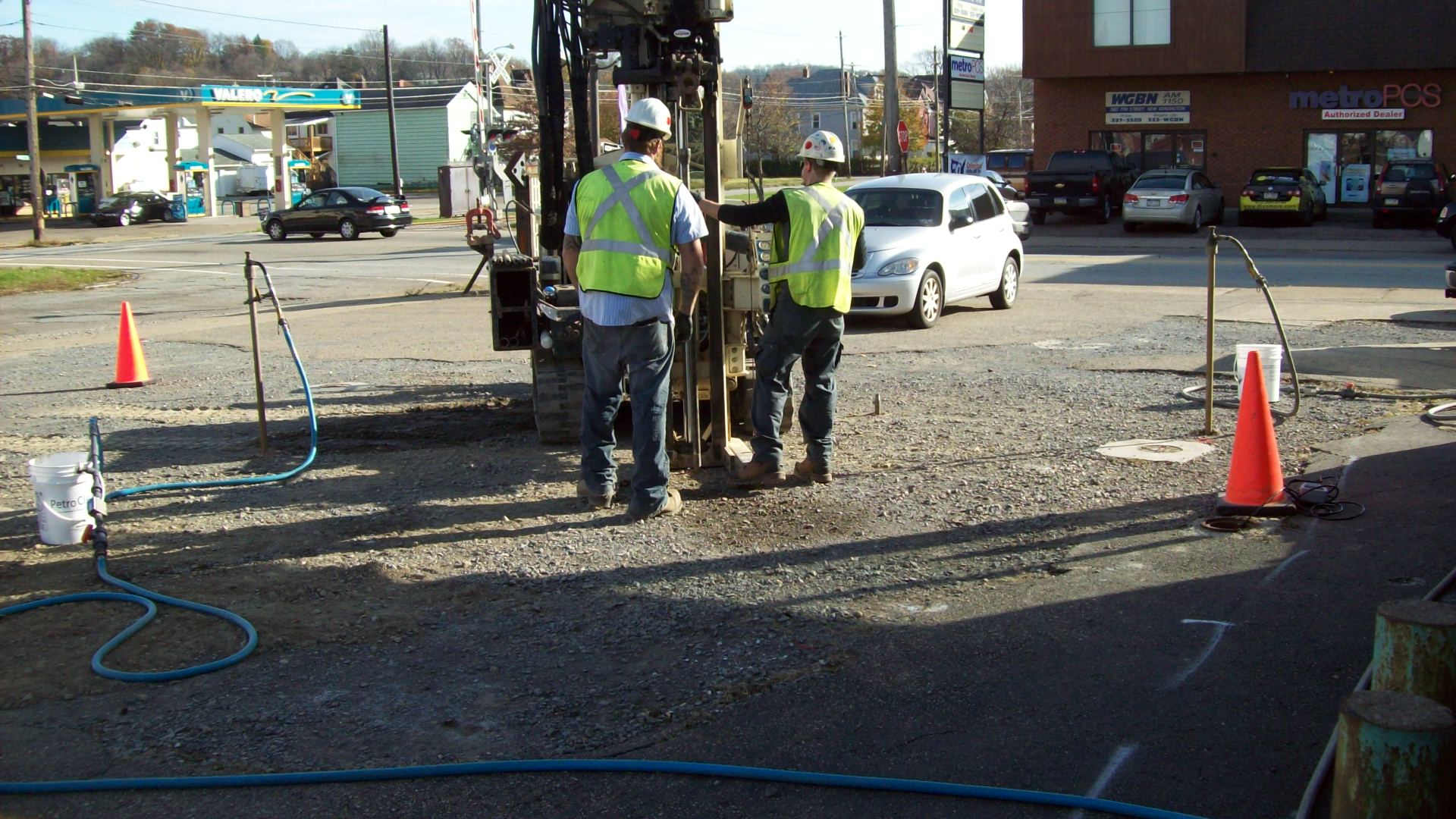
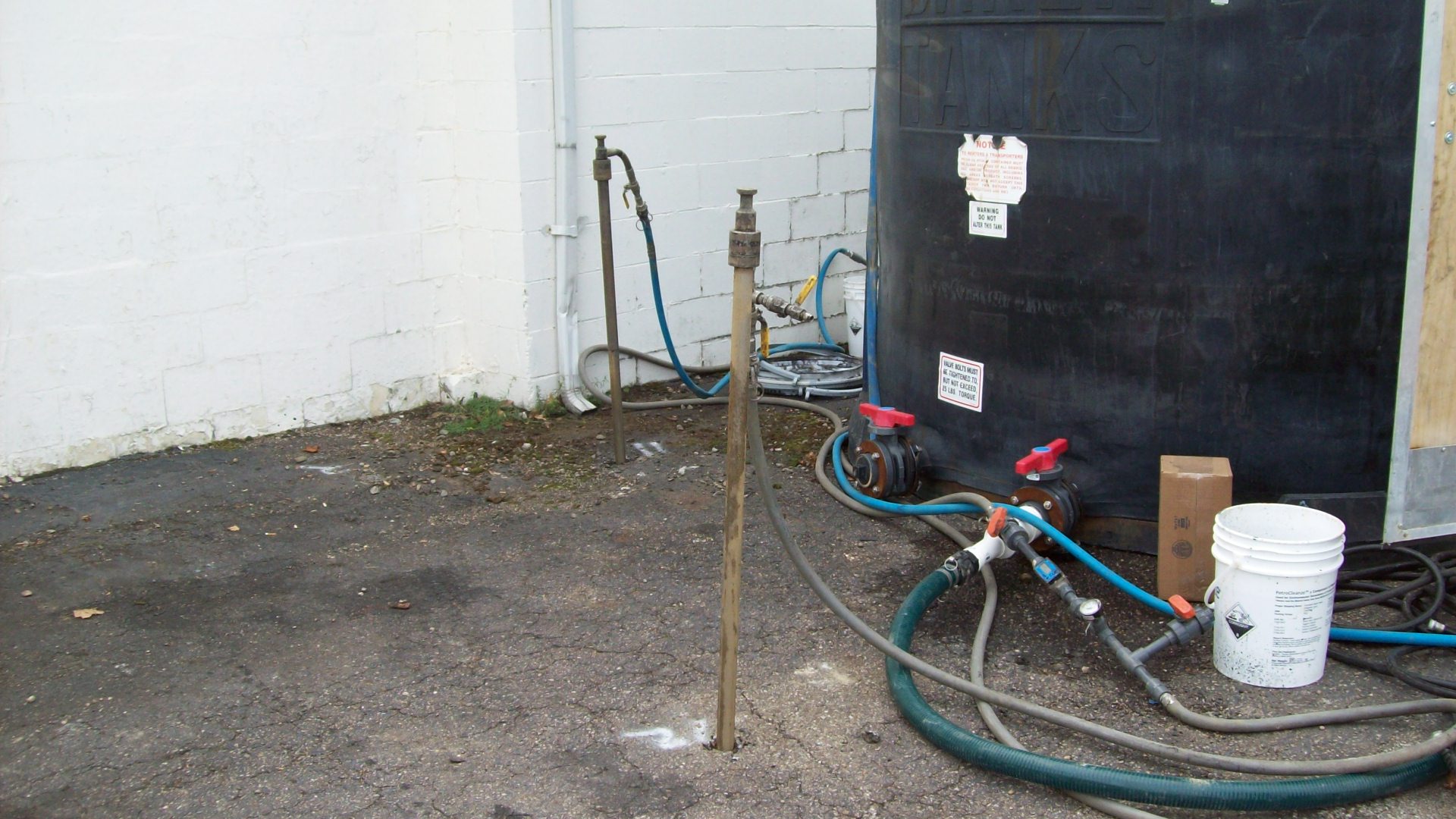
New Kensington, PA
Corrective actions were initiated following the discovery of unleaded gasoline contamination during an underground storage tank (UST) closure assessment completed at an auto repair shop in New Kensington, PA in July 2008. FEI initiated site characterization and interim remedial actions following the reported release. The initial activities performed by FEI were summarized in an SCR/RAP and a subsequent RAPA that were submitted to the PADEP in January 2010 and October 2011, respectively. As of October 2011, the historical site characterization and remedial activities performed at the site included the following:
- The advancement of thirty-seven (37) soil borings and the completion of twenty (20) monitor wells in order to aid in defining the source area and delineating the horizontal and vertical extent of soil and groundwater contamination present;
- Land and groundwater use evaluations to determine land use, zoning, and potential affected water supplies, including the submission and subsequent approval of a Non-Use Aquifer Determination;
- The collection of multiple sets of groundwater samples;
- The collection of multiple sets of soil gas samples;
- A hydrogeologic investigation to characterize the contaminated aquifer properties, including water level gauging, hydraulic gradient calculation, and the completion of bail-down tests;
- The completion of an Interim Remedial Action soil excavation, removing a total of 405 tons of PCS; and
- Three (3) chemical application events that included injecting nearly 9,000 pounds of in-situ oxidizing and oxygen-releasing chemicals into the subsurface.
Despite the completion of interim remedial actions, elevated groundwater concentrations were found to persist in the residual source area monitor wells. An SCRA/RAPA was submitted to the PADEP in June of 2015, which proposed the completion of two (2) additional chemical injection events, each followed by a temporary DPE groundwater extraction event. Over the course of the two (2) events, a total of 2,840 gallons of an in-situ oxidizing slurry, 1,920 gallons of a liquid activated carbon slurry, and 840 lbs of an oxygen-releasing compound (mixed into a slurry) was injected directly into the subsurface. Greater than 1,750 gallons of groundwater was recovered from a residual source area monitor well via a vacuum truck approximately 30 days following each of the injection events. Subsequent groundwater monitoring was performed so as to provide an adequate post-remedial data set.
A RACR, demonstrating attainment of the residential Non-Use Aquifer Statewide Health Standard (for both soil and groundwater), was approved by the PADEP in April of 2017. An environmental covenant was placed on the subject property in order to uphold the Non-Use Aquifer designation.

